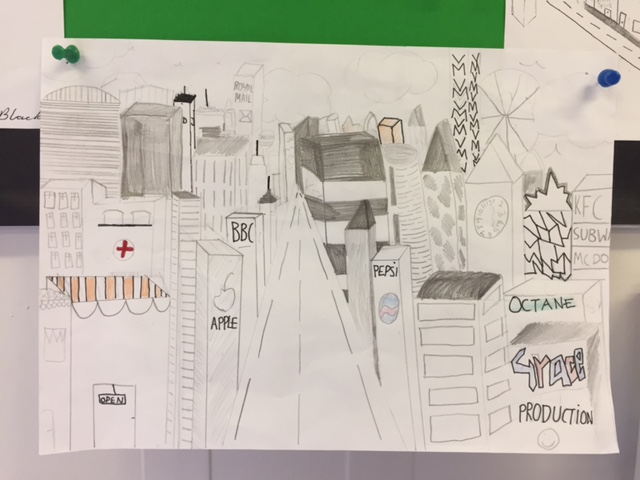Which of the 8 Rs for learning do you think is the most important?
In our Living and Learning session today, we’ve been reviewing how the 8 Rs for learning help us. In groups, we also ordered the 8 Rs according to which we thought were the most important. There was lots of discussion and differences of opinion.




‘I think being ready is important because then you are listening.’
‘I think resilience is important because you should try your best and never give up. Even if you get it wrong, it is still ok.’
‘You should take a safe risk and always try to do your learning even if it is hard.’
‘You need to be resourceful because if something is hard, you should find something in the room to help you.’
‘If you take a safe risk it means you have tried. It doesn’t matter if you get it wrong.’
It’s been great to see children using these 8 Rs during the school day.
Well done, Saahir for remembering to change our class calendar today without prompting.
Leah – you always respond in full sentences to show you have listened to the question.
Harpreet – you are always ready for learning with the correct equipment.
Billy – you show a confident attitude and take safe risks to further your learning.
Amrit M – you have shown resilience when using Mathletics at home to try to improve your score.
Amrit S – you have taken responsibility for your maths learning by doing extra practice at home.
James – you have been resourceful by independently using a hundred square to check your numbers are the right way round.
Tanvi – you have reflected about different methods to use for addition in maths.
We’re looking forward to seeing all your 8 Rs homework this week. Please join us to review this on Thursday at 2:40pm in the classroom.
Ask your child which of the 8 Rs they feel they have improved so far in Year 2 and which they might still need to work on. This guide for parents gives a few ideas to support this at home.
Allerton Grange PE
This afternoon, we made the short trip to Allerton Grange for our PE lesson. We were taught a range of sports by some Year 10 sports leaders. As always, we were fantastic ambassadors for our school and this was appreciated by the sports leaders and their teachers. Well done, Year 5!
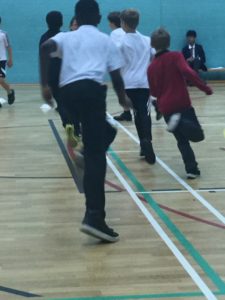
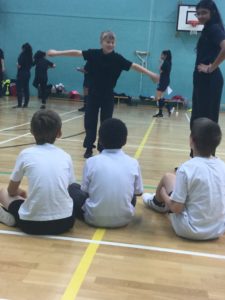
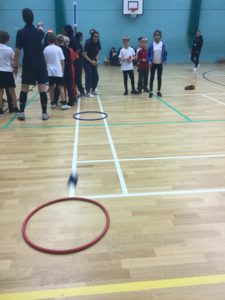
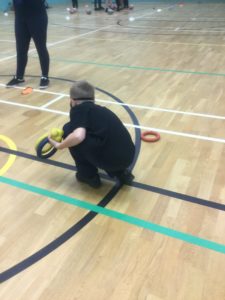
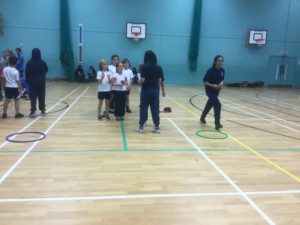
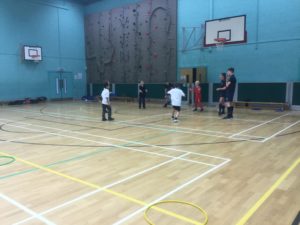

Thanks to our class photographer for the afternoon: Farai.
Rugby
For the last four weeks, during our PE lessons, we’ve been learning all about rugby. Visitors from Leeds Beckett University and Roundhegians RUFC have taken over our PE lessons to teach us the skills needed to be rugby players. It was great fun and I know the children had a great time.
If your child is considering playing rugby outside of school, which I strongly encourage, there are a number of clubs in the local area. The closest to school is Roundhegians RUFC. Roundhegians are an established club that are well known in Yorkshire rugby for their thriving junior section. Training is on Sunday mornings and children of all abilities are welcome.
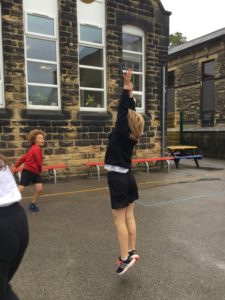
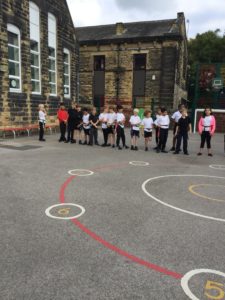
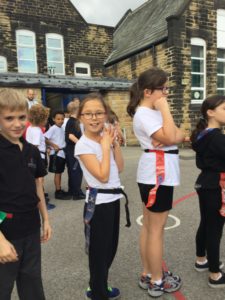

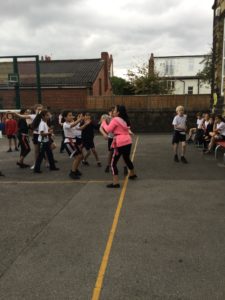
Exploring, and writing about, the Arctic!
Last week, we continued our Explorers topic by combining our topic and writing lessons.
In writing, we looked at some examples of reports and picked out the key features. Then, we discussed writing our own report about the Arctic (we’ll write this next week). We made a brief plan, splitting our report into four sections, and decided what we’d need to find out.
In our topic lessons, we began our research. First, we made notes about where the Arctic is and what it is (To be able to describe the physical features of an area). It was useful to practise our note taking and summary skills as we learnt all about the size, climate and physical make-up of the Arctic region.
In a different lesson, we read about two explorers who both claim to be the first person to explore the Arctic on foot (Who was the first person to explore the Arctic on foot?). We used our reading skills to find key information in each text, answered a range of questions and pretended to be roving reporters interviewing each person. We then had a debate about who we believed.
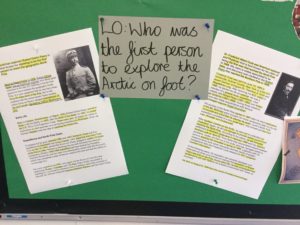
This week, we’ll continue our research by asking ‘What lives in the Arctic?’ and ‘What does the future hold for the Arctic region?’.
What is a continent?

As we continue with our geography based Explorers topic, Year 2 have today been thinking about where we live in the wider world.
- What is the name of the continent that we live in?
- How many continents are there in the world?
- Can you name them all?
- Which continent is missing from the map above?



We’ve also been learning about the features of a non-fiction book. Today, our challenge was to use the index of an atlas to find countries and check if they are in Europe or not. There was some great supportive partner work.
Finally, our geography skills were put to the test as we played a variation of the game Twister: Globe Trotting. Look at the brilliant flexibility and balance!


Sail away!
In class, we’ve been studying the famous explorer, Christopher Columbus. Having learnt where he travelled to and how his journeys were funded, we now wanted to explore how he and his crew travelled. Year 4 looked closely at the three ships that were used for Christopher Columbus’s first voyage. We then examined some images of those vessels used on that exploration.
How were they made? Where did everyone sleep? What happened to the ship in bad weather?
This led us to thinking about how to sketch a ship, focusing closely on the shape and the size.
We explored ideas and collected visual and other information to help us to develop our work. Using these resources, we set to work on sketching the outline of a ship. To begin with, we used whiteboards and pens to follow a tutorial online. Working alongside an artist, helped to get a starting point for our own drawings. Care, attention to detail, patience and determination were just some of the skills shown during this lesson.
I’m sure you will agree that this artwork is just superb and incredibly lifelike!
We will be displaying this work in our shared area.
Posted here are some examples by the proud artists!










When complete, the children were then able to carefully add colour.
Stay and Play
There will be no Relax and Read this week. Instead, you’re invited to stay for a Communication, Language and Literacy session. You will join your child to retell and make up stories and play games to help develop their speaking and listening skills.
See you there!
Phonics
Thanks to everyone who attended our ‘Early Reading’ workshop last week.
We will begin phase 2 of Letters and Sounds this week. Phase 2 involves learning phonemes to read and write simple words.
During this phase children will learn their first 19 phonemes:
- Set 1: s a t p
- Set 2: i n m d
- Set 3: g o c k
- Set 4: ck (as in duck) e u r
- Set 5: h b l f ff (as in puff) ll (as in hill) ss (as in hiss)
They will use these phonemes to read and spell simple “consonant-vowel-consonant” (CVC) words: sat, tap, dig, duck, rug, puff, hill, hiss
All these words contain 3 phonemes.
Blending
Children need to be able to hear the separate sounds in a word and then blend them together to say the whole word.
Segmenting
Children need to be able to hear a whole word and say every sound that they hear.
If you have any questions, please ask!
From Decapolagests to Hellos and Goodbyes – Year 3’s Weekly Round-Up
This week’s maths has been all about giving context to our calculations by telling a story and asking a question. For example: “Talha had 452 cookies. Kashif gave him 30 more. How many cookies did Talha have altogether?” We used our place value grids to tackle these calculations and these will help us with our column addition next week.

Collaborative learning has been a recurrent theme across the week, where we’ve given feedback on each other’s learning in English and worked together to find facts in a newspaper article…


… and used our sketching skills to draw a new species of animal we found on our exploration (Emily discovered a Decapolagest!). We did this by drawing its head, eyes and mouth and passing it to the next person. Next, we drew the body, arms and wings and passed it on. Then, we drew the creature’s legs and tail. Finally, we drew the animal’s feet!




It certainly produced some humorous results!
Our wacky pictures helped us plan a descriptive piece of writing.



Continuing the team work theme, in groups we have also researched our continents in our topic lessons, and presented our findings to the class!





Using our drama skills, we recreated a scene from a short film. When Miss Wilson shouted, ‘Freeze frame!’ we had to hold our positions whilst the audience discussed how each character would be feeling and why, using what we knew from the clip.



Here are some action shots from our PE lesson, where we practised our ginormous jumping and our huge handstands.





We even got the benches out for some balance and stretching, for the first time! It was very exciting!


Sadly, this week, we had to say goodbye to two of our classmates: Maya and Setayesh. You will both be deeply missed and we wish you lots of luck for your new schools, but we’re sure you will both be fantastic!

A humongous welcome to our new friend Talha, who joined the Year 3 team on Thursday! Already, you are a valued member of the class and I look forward to getting to know you better.
Great artwork
We’ve been working on perspective in art to be able to create drawing which are in proportion. We started off by exploring shading as a technique to make things look 3D. Then, we moved on to using one-point perspective to draw a corridor or a street. This week, we tried out two-point perspective and drew a street from the corner rather than the middle of the road.
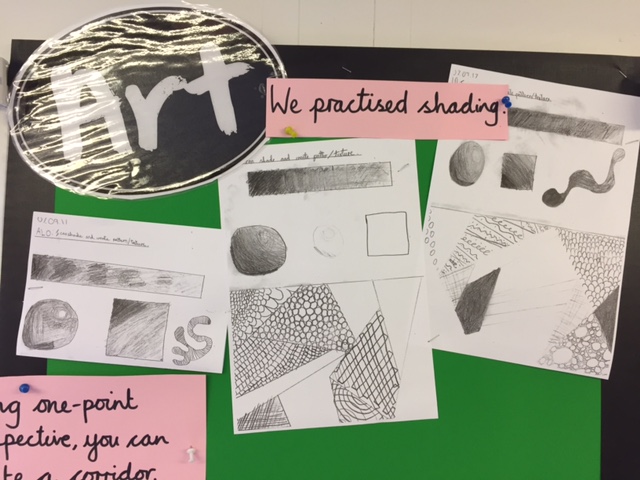
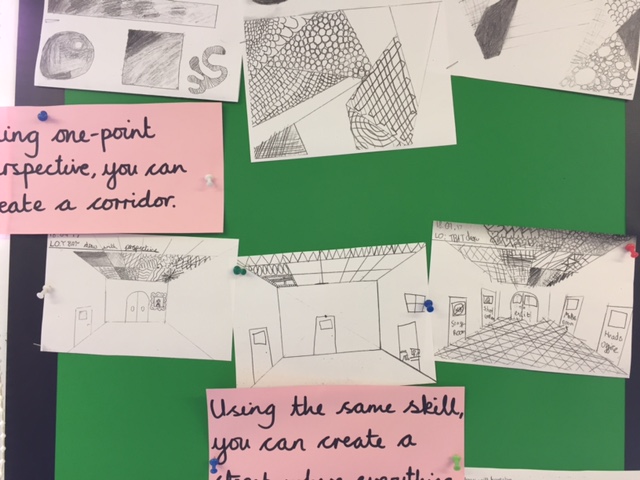
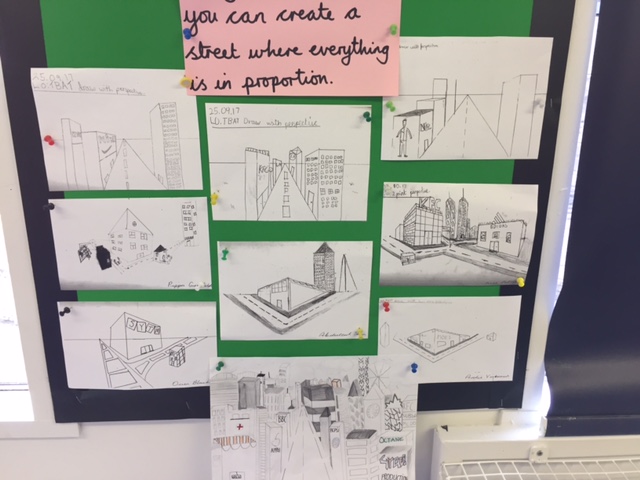
Nico got a certificate for his work on two-point perspective this week. (In the display above, his picture is the middle one on the right hand side.)
Grace has enjoyed it so much, she created this entire city at home and brought it in to show us!